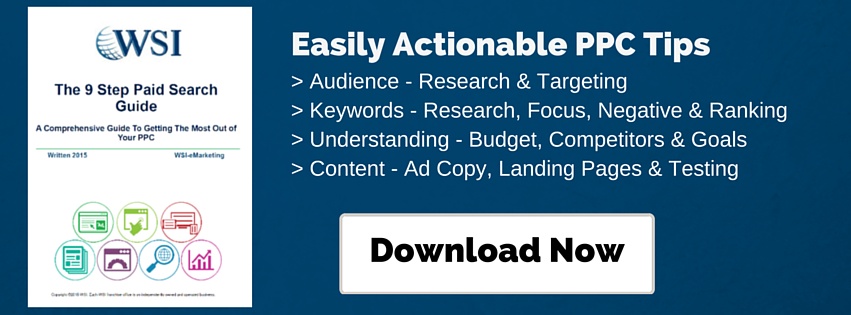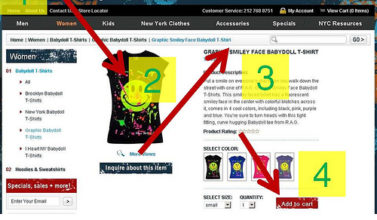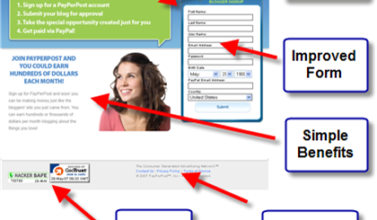
If you want to know about content marketing there are hundreds of posts out there that can help you. They’ll tell you how to create headlines, how often to post, what to post and how to target your content to your personas.
Many of them will mention curating content, but often as a short statement when reminding you that you don’t have to create everything yourself. However, I’ve not come across many that tell you exactly what curated content is and how to use it.
What is Curated Content?
There are many ways of defining content curation, as shown in this article by Heidi Cohen. But what it boils down to, in the most simple term is content that has been written and published by other people that you have collected, categorised and want to share with your own fans, followers and groups because it adds value.
There are some important things to remember when using other people’s content as part of your own content marketing efforts if you want avoid being taken to task for plagiarism or stealing content.
Curating content does not mean taking other people’s content as written and posting it as your own.
When to use Curated Content
To have an effective content marketing plan you need to regularly post content on your blog and across multiple social media platforms. Unless you’re a big company who employs staff to do content all day every day, it’s highly unlikely you’ll have time to create unique and original content on the scale it’s needed. This is where curated content comes in. Using other people’s content to fill those gaps.
Remember, that doesn’t mean copying a blog post or article word for word and claiming it as your own.
Now let’s cover how you use that third party content.
Social Media Posts
This is the most common way of using curated content. If you’ve found something that’s interesting, informative or even entertaining that you think your followers will also enjoy, you may want to share it. You can do this by
- Posting an appropriate comment on a social media post and linking to the article you’ve found
- Asking a question or starting a discussion about the post in a group, forum or community, again, adding a link to the original post

This way, you’re not claiming the post as your own, but giving the credit back to the original author. In addition, you’re raising your profile in your own groups by sharing useful information.
Blog Content
You may find posts from other people that not only do you find useful, but that you have a strong opinion or point of view on. They may be posts that could be helpful to your own clients and customers but need refocussing to address your clients’ questions or issues. Alternatively, you might come across a few posts on the same subject (but covering different areas) that you think you could put together as one. This is where you have to be careful about taking chunks of someone else’s content and claiming it as your own.
You have a few options here.
1. The content is so good you want to post it as a guest post on your own blog.
You must get the permission of the author to do this. Don’t just assume they’ll be happy to appear as a guest post on your blog. You can do this by asking permission to use the content on the comments box on the blog, emailing (if you have contact details) or using social media. If you get permission, it also helps to point out where the post was first published. DO NOT just publish it with the authors name without their permission. Most people monitor their posts and will pick up and reply to your comment. If they don’t reply, don’t be tempted to publish it anyway.
2. Completely rewrite the post(s)
Write from your own point of view in your own words, adding or removing things that you think are relevant (or not). If you do mention the original posts it’s always nice to give credit. You can do this by either mentioning the post and adding a link (as I did earlier) or attributing the author / article as a source at the bottom of your post.

3. Partly rewrite the post
You may want to add some original content but use excerpts from original posts, commenting or quoting as you go along. Always give credit to the author and either link to the original article or quote it as a source at the bottom of your post. This is important when using other people’s statistics if you want to be able to back up the data in your post.
So, when it comes to curated content, there are just 2 rules to remember
- Never claim someone elses work as your own
- Where necessary, give credit to the original author / article
Image courtesy of: Luis Llerena
Related Post
What’s the single...
Adam Vincenzini from Comms Corner recently posted a very good article which I think goes...
- January 25, 2011
- By Rob Thomas
- Blogging
Effective Facebook Marketing...
With over 600 million users, Facebook represents the single most connected platform on...
- March 1, 2011
- By Nadine Thomas
- Latest Online Trends
Monitor, Influence and Lead...
Get Actively Involved in the Outcome of Search Results Don’t take negative publicity...
- April 28, 2011
- By Rob Thomas
- ORM
Free Online Reputation...
Listen to What’s Being Said About You Online (Free online reputation monitoring...
- May 5, 2011
- By Rob Thomas
- ORM
Top Tips for Product Page...
As the internet evolves and user expectation becomes increasingly sophisticated, creating...
- May 31, 2011
- By Rob Thomas
- e-Commerce
How To Drive Sales With...
Landing pages have long been the primary tool of the web-savvy marketer. Whether the...
- June 12, 2011
- By Nadine Thomas
- e-Commerce












Leave a Comments